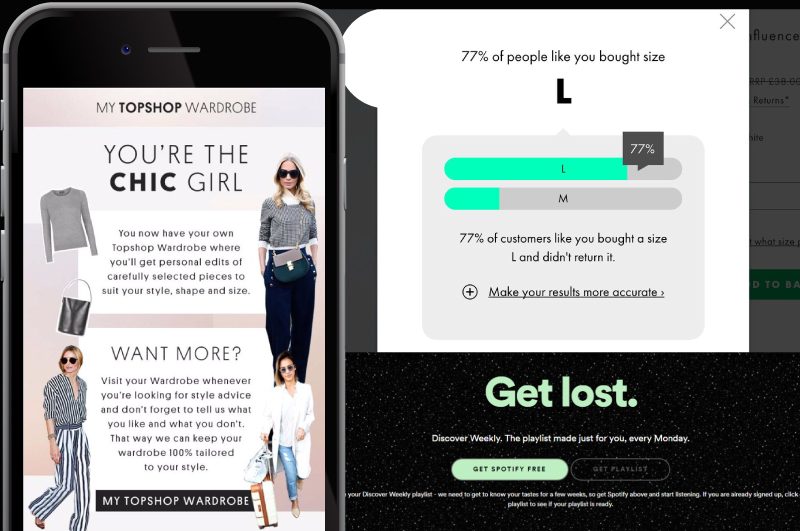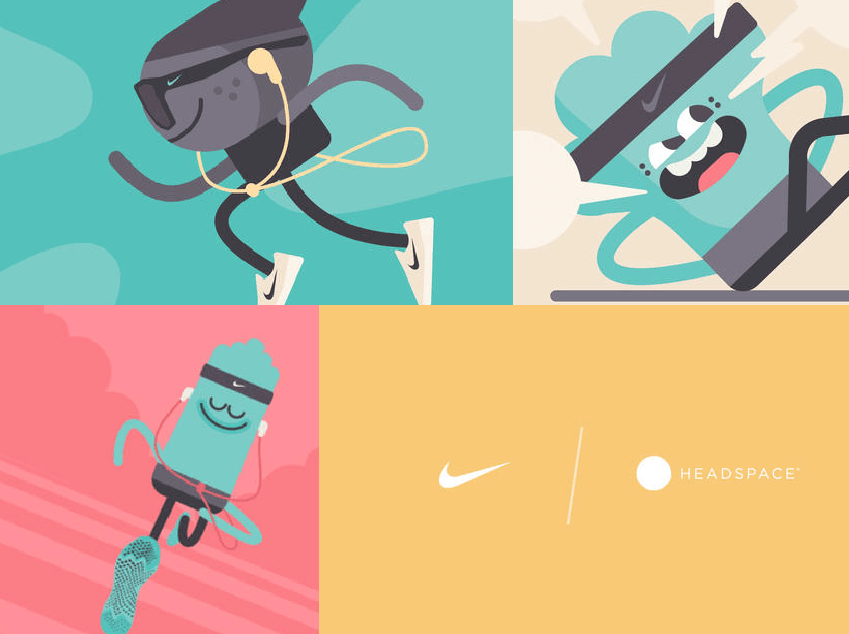We’ve all seen examples of the phenomenon; be it the phone jockey galloping down the pavement with eyes only on their latest text or the lunch archivist sharing photos of their latest plate. We live in a culture of constant distraction and connection. Under 25s spend an average of two and quarter hours on social media per day, 23% of them dual screen. Older people used to chunter about the young’s addiction, but they too are succumbing to the drug of online.
Kokoro’s new ‘Trendspotting’ team have been looking at the implications for brands as they struggle to cut through to an audience who have the world at their fingertips. How can a company make itself heard amongst this babble? Ironically, it seems that one way is to offer relief from this hyper-stimulation. More than ever, people feel overwhelmed by the torrent of information they receive – a feeling that might be dubbed ‘content discontent’. Brands that play to the desire to escape and unwind are able to stand out.
Giving consumers the opportunity to regain control over their media consumption allows them to feel empowered not submerged; giving them the ability to choose how and where to consume is increasingly attractive. Apps like Netflix, easily accessible across all screens, permit viewers to both binge and stop and resume with no extra effort.
Also tapping into this yearning, health and wellbeing apps are covering everything from diet and exercise to personal growth and productivity hacks. Meditation apps such as Headspace have surged in popularity. It seems that tech which cuts the invasiveness of tech is set to flourish!

Source: Netflix, QualityTime, Nike x Headspace
Another weapon brands can use to rise above the hubbub is to home in on very particular sets of customers. In order to connect they’re finding it’s vital to be ‘great’ for a target audience; that being ‘good’ for the many simply won’t cut it. The struggling department store segment is testament to the weakness of the ‘Jack of all trades, master of none’ business model. Personalisation appeals strongly to deluged consumers hungry for products and experiences that have genuine ‘for me’ status. In the fashion sector, ASOS and Topshop have played well here by providing services such as custom size and style guides. Spotify offers playlists that aim to fit the listener’s particular tastes.

Source: Topshop, Asos, Spotify
Hyper-stimulation looks set to get even more intense. As more and more brands try to fight back with the tactics outlined here, these weapons are bound to also become blunted. Continually coming up with new and ingenious ways to grab attention will be crucial to success.
